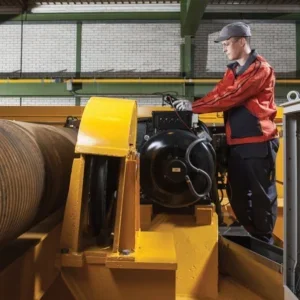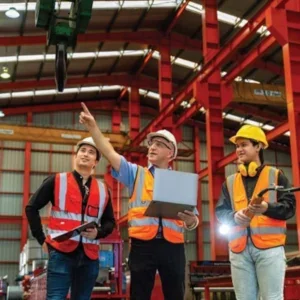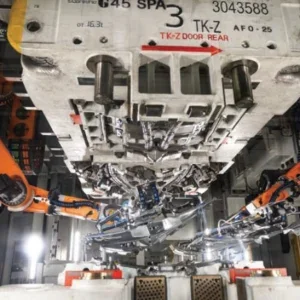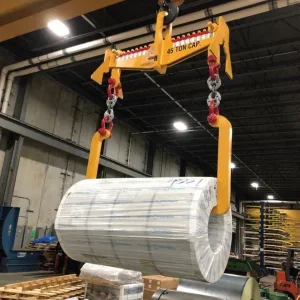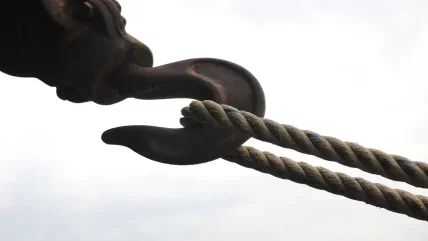
Manufacturers, importers and distributors of lifting equipment products need to ensure that they comply with the legal requirements concerning the placing on the market and distribution of lifting equipment.
Products must meet the applicable ‘conformity compliance’ requirements because operators place their trust in lifting equipment. Unfortunately, many products entering service either do not comply or ‘traceability to source’ has been lost.
MANUFACTURERS
Most manufacturers design and develop their own products so will produce the items under their control. A manufacturer in the legal sense is the one who fulfils all of the obligations under, for example, article 5 of the European Union’s Machinery Directive and Supply of Machinery Safety Regulations. In short, all of the essential health and safety requirements and controls are on the manufacturer. It will be fully responsible for the conformity of the product, the evidence for which is in the technical file in support of the Declaration of Conformity. They can sub-contract out everything from design, through to manufacturer, but they must have full control over the entire process from design to test.
IMPORTERS
An importer brings in equipment from outside of the EU or UK and brands it for themselves. Most lifting equipment on the market is now manufactured in the Far East, notably China. Over the years, some products have evolved to become mass-produced, low-cost, lightweight portable equipment. Some are of excellent quality; others less so. I have seen imported chain hoists that have clearly never seen a test load or have even been chained up for that matter. Importers have the same legal obligations as above, so they will still need full control over the process – yet many have never been to China!
DISTRIBUTORS
New laws are being passed that will place greater responsibility on distributors. Legally, they are not responsible for the product but they must ensure it meets conformity requirements and that they send all original paperwork with it.
There can be many distributors within a supply chain, but all are simply reselling equipment already placed on the market until it eventually reaches the user. Traceability to source should there be an issue needs to be ensured, which is why it is imperative that distributors pass on all original documentation, declarations and instructions with the product when they resell it.
However, there seems to be a fear that consumers will go directly to source if they divulge who the original manufacturer was, which results in the practice of issuing fraudulent and deceiving documentation that inevitably breaks the vital traceability to source. The rationale behind such practices is ill-conceived as a quick internet search will often yield who the manufacturer is based on the markings. Also, it would not be in the interests of a manufacturer to cut out a distributor that probably purchases products in the thousands to supply comparatively small quantities direct to an end user. Such practices are intolerable and the person responsible for the safe operation of a lift should check the source of products and request the original manufacturers information.
Users also have obligations under user legislation to ensure that equipment meets the essential health and safety requirements. They do this by simply accepting the declaration of conformity, but if this document is fraudulent or the equipment has not been tested, then they could be duped into receiving noncompliant equipment and they need to be more vigilant.
In many cases user ignorance will get them off the hook if all goes wrong – but not always. With respect to those supplying equipment, a plea of ignorance can be difficult and, in many cases, the blatant disregard of requirements for perceived commercial gain can land organisations in trouble. We had a case whereby a well-known internet company was requested by the UK’s Health and Safety Executive to remove a noncomplying piece of machinery from sale. It is companies such as these that are responsible for much of the substandard equipment being sold in the UK – in this case I believe ignorance was a factor, but it remains a weak defence if all goes wrong.
A simple step for end user operations seeking to mitigate risk when procuring lifting equipment is to look for the Lifting Equipment Engineers Association (Leea) logo, which shows that the provider is a member. To become an association member, the provider will have undergone a rigorous auditing process to uphold Leea’s ‘gold standard’ that provides customers with the assurance of excellence and compliance to standards and legislation.


